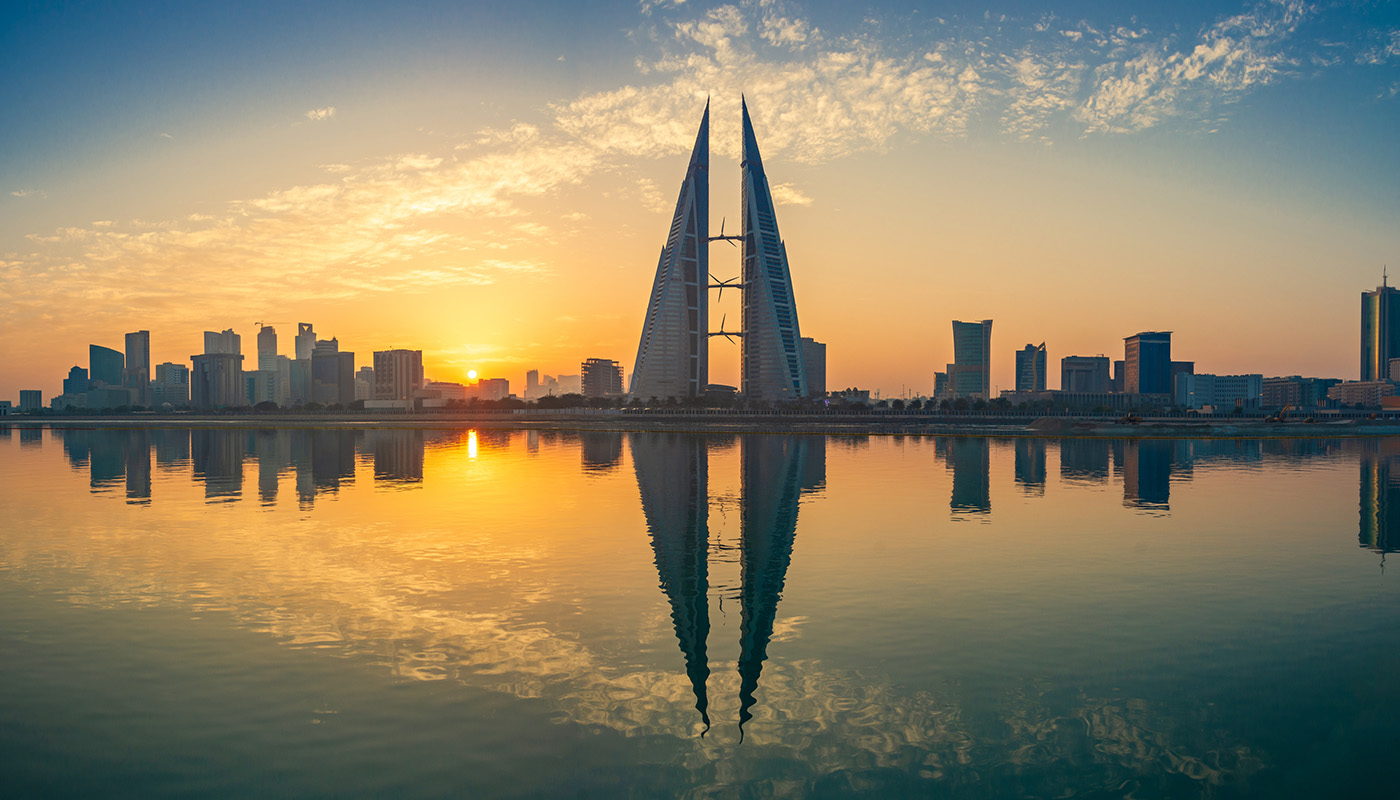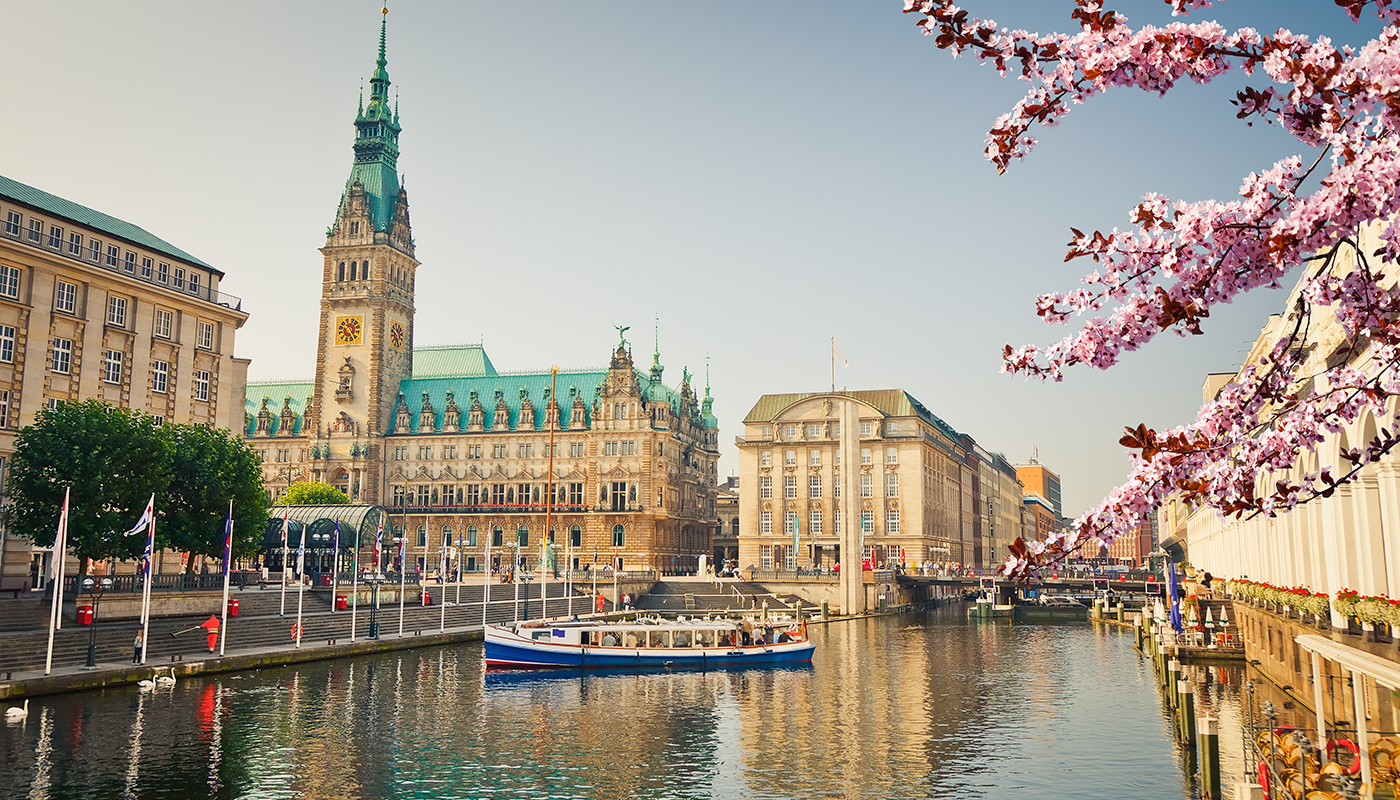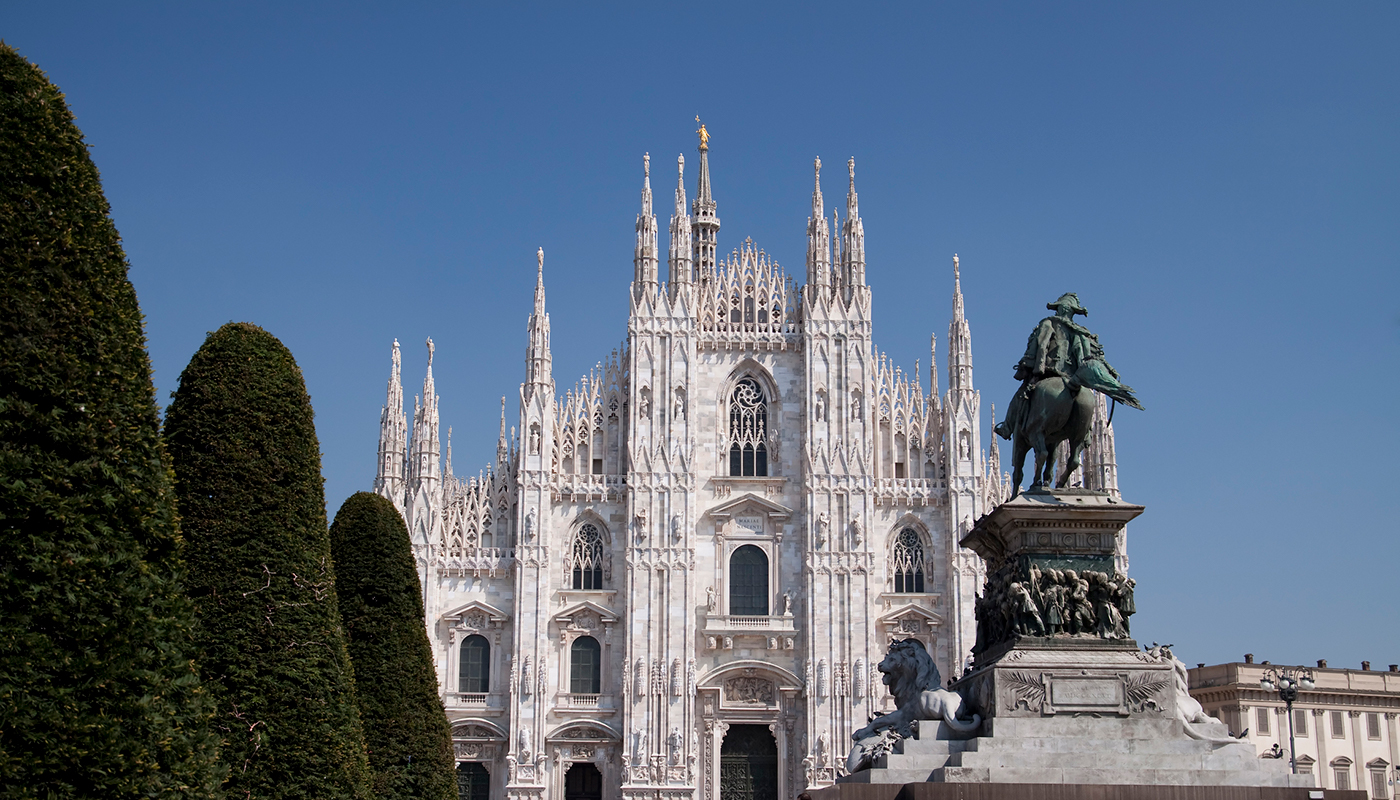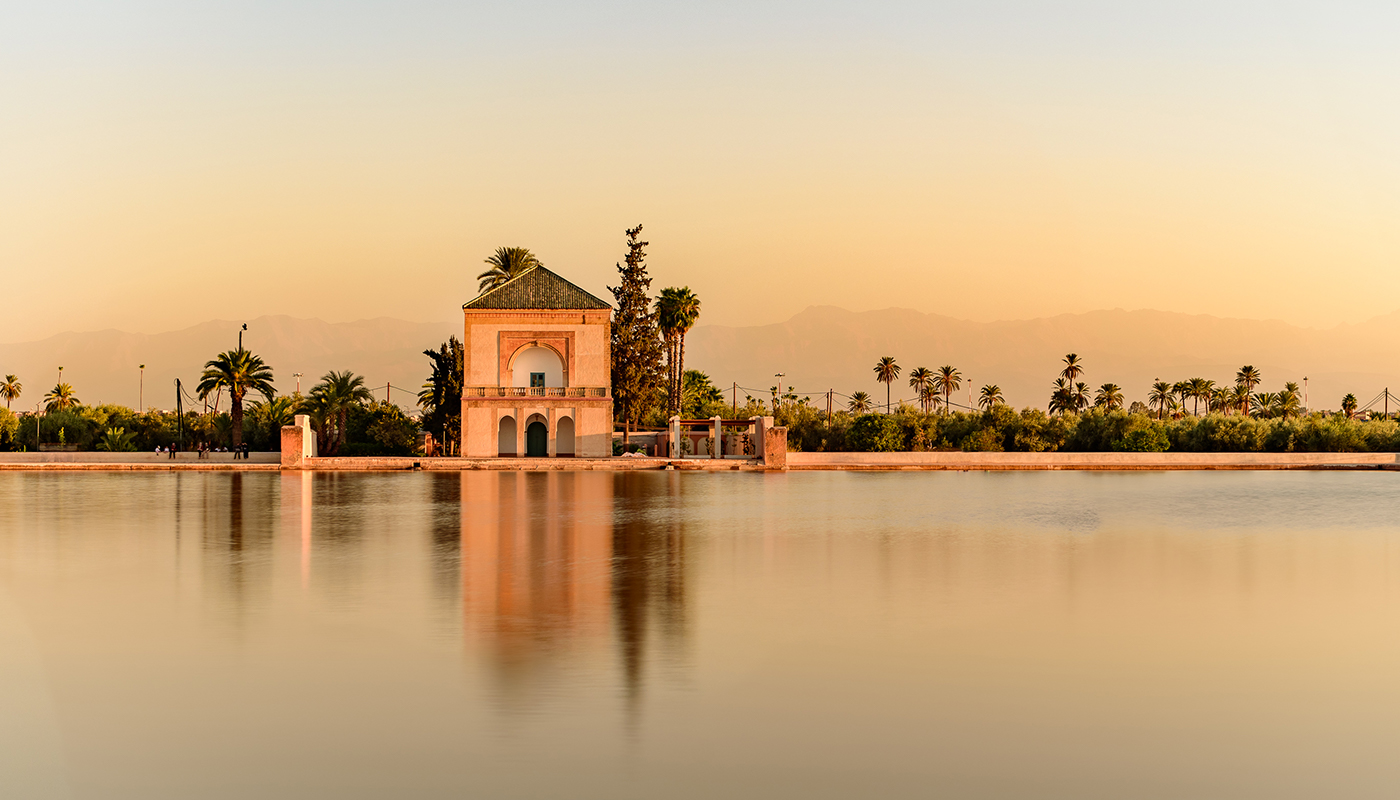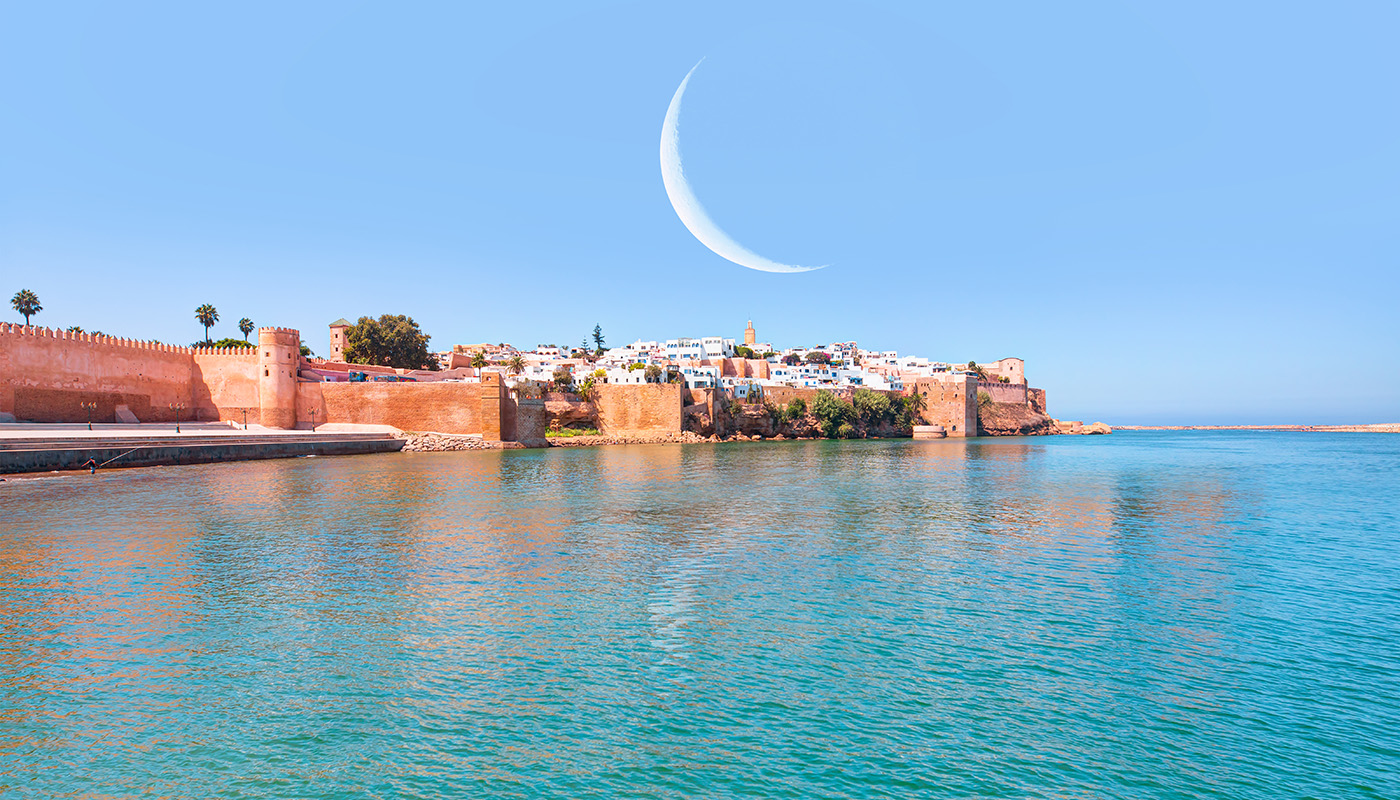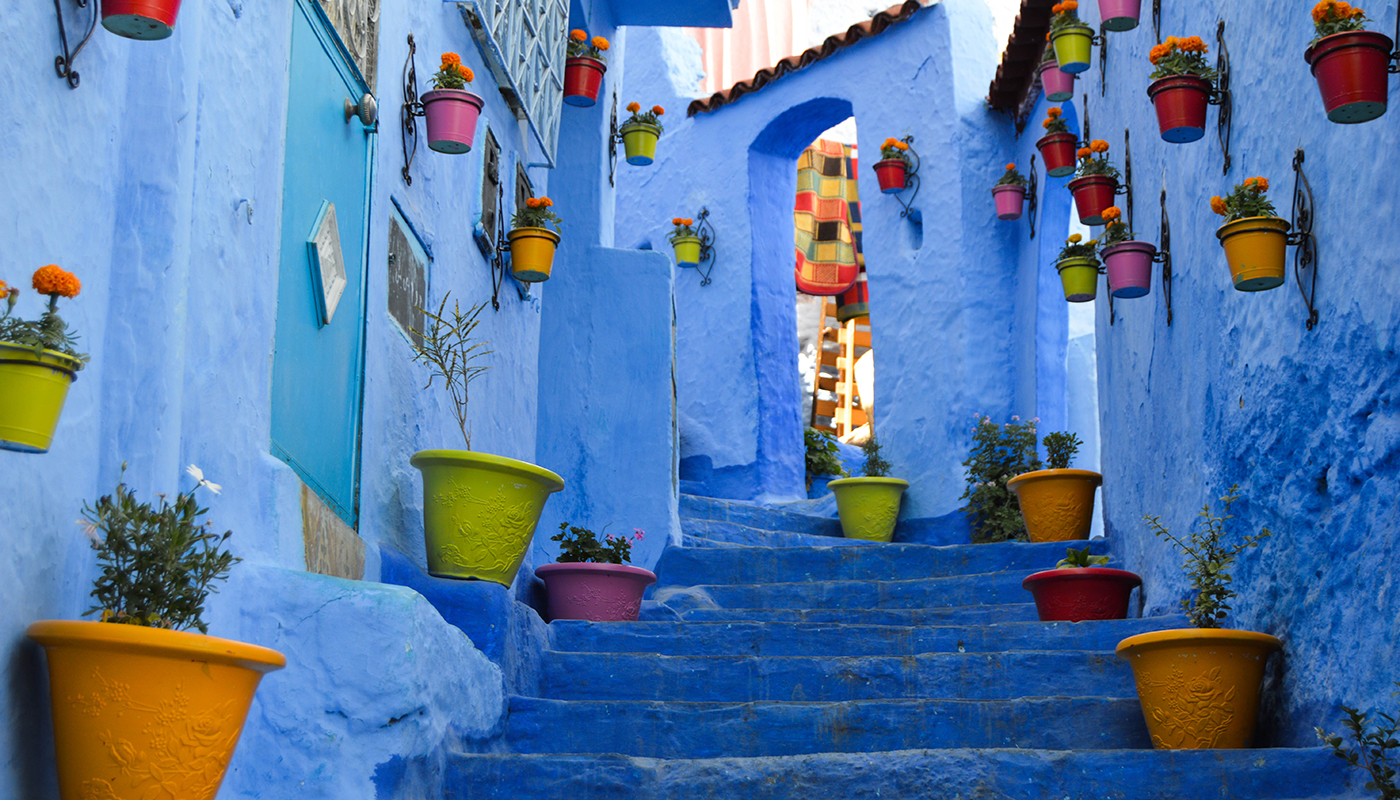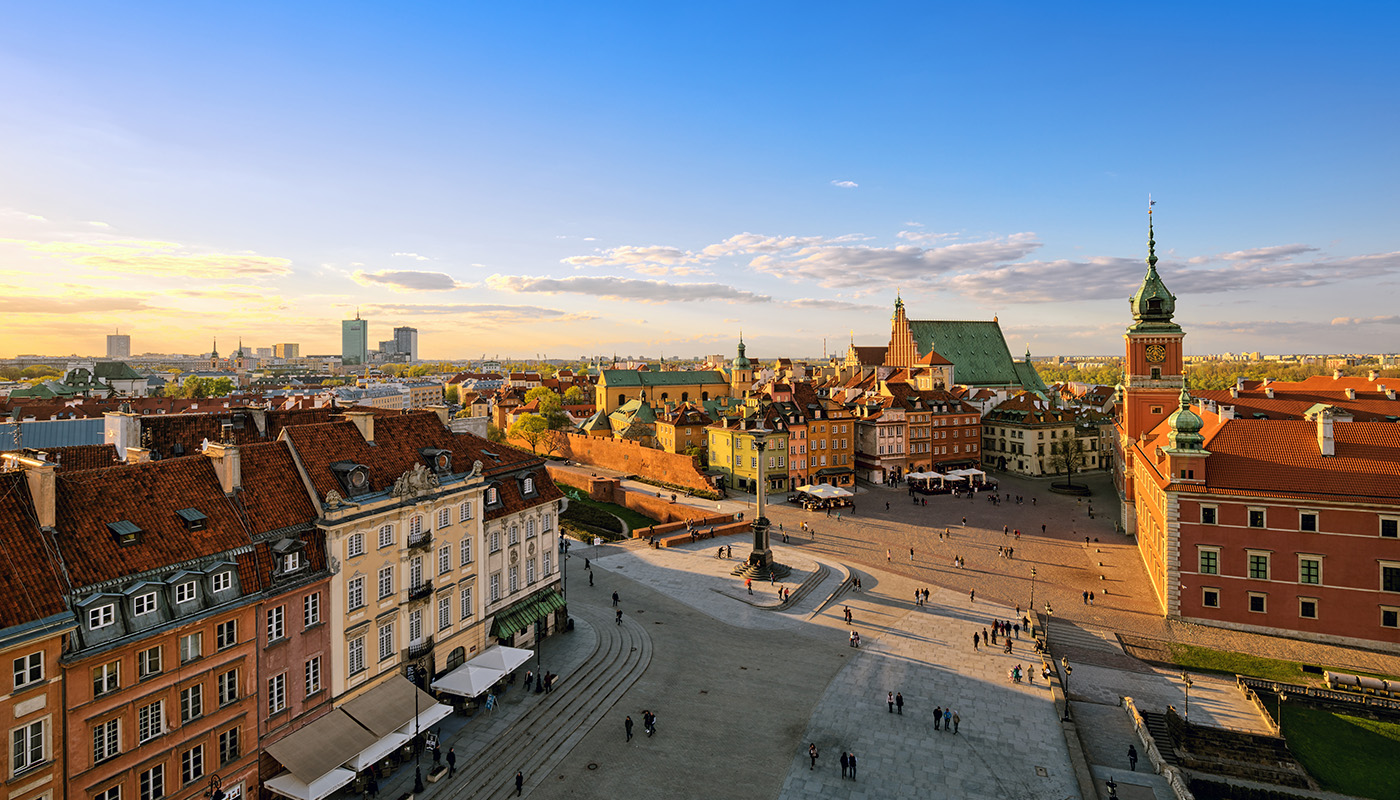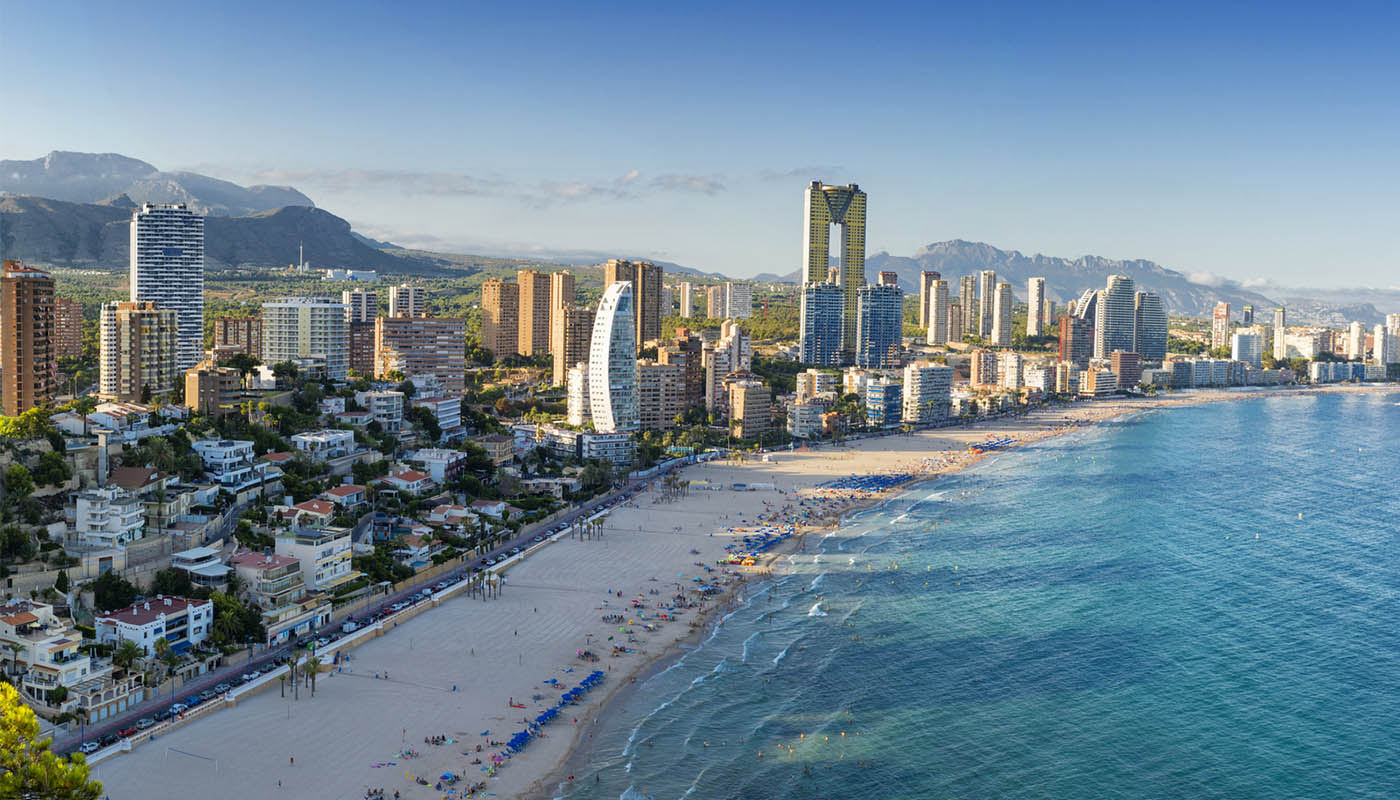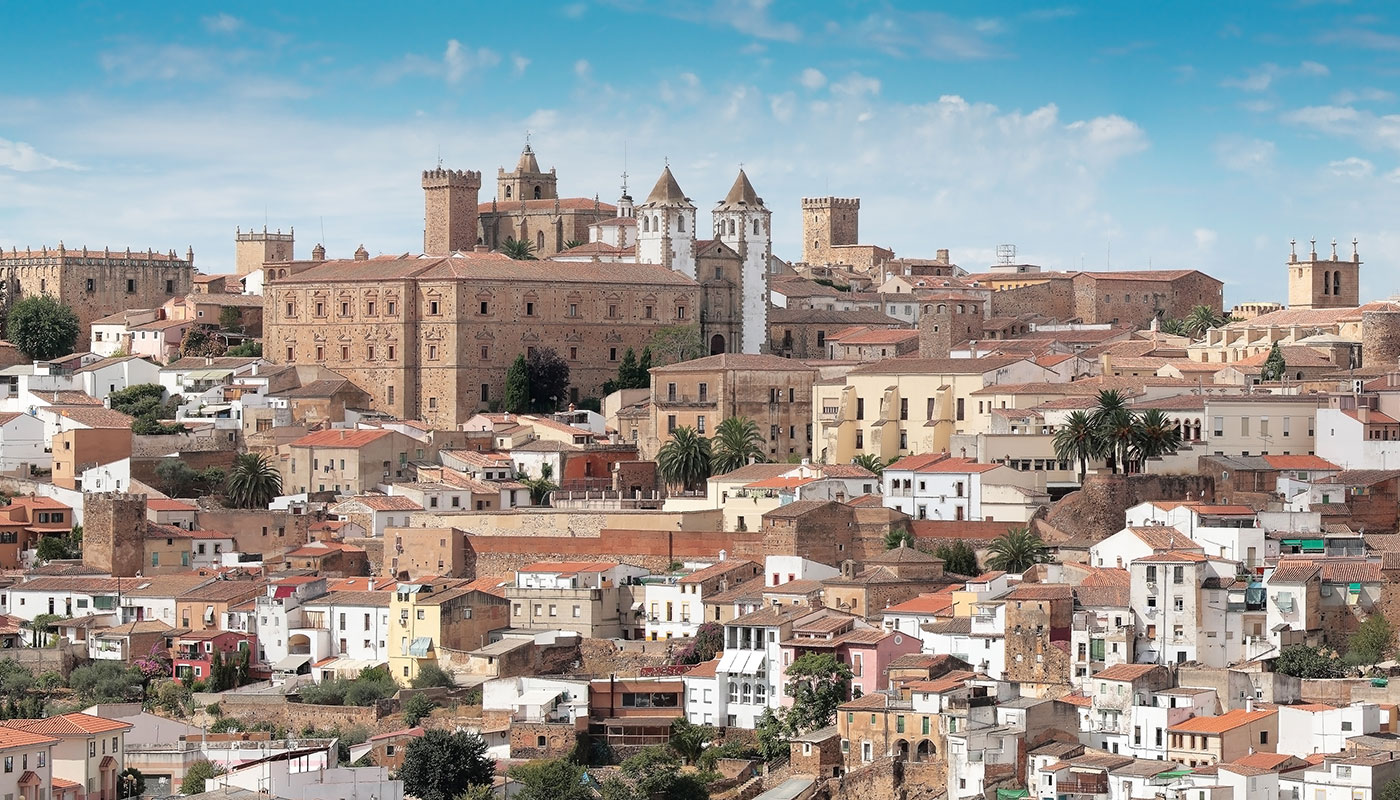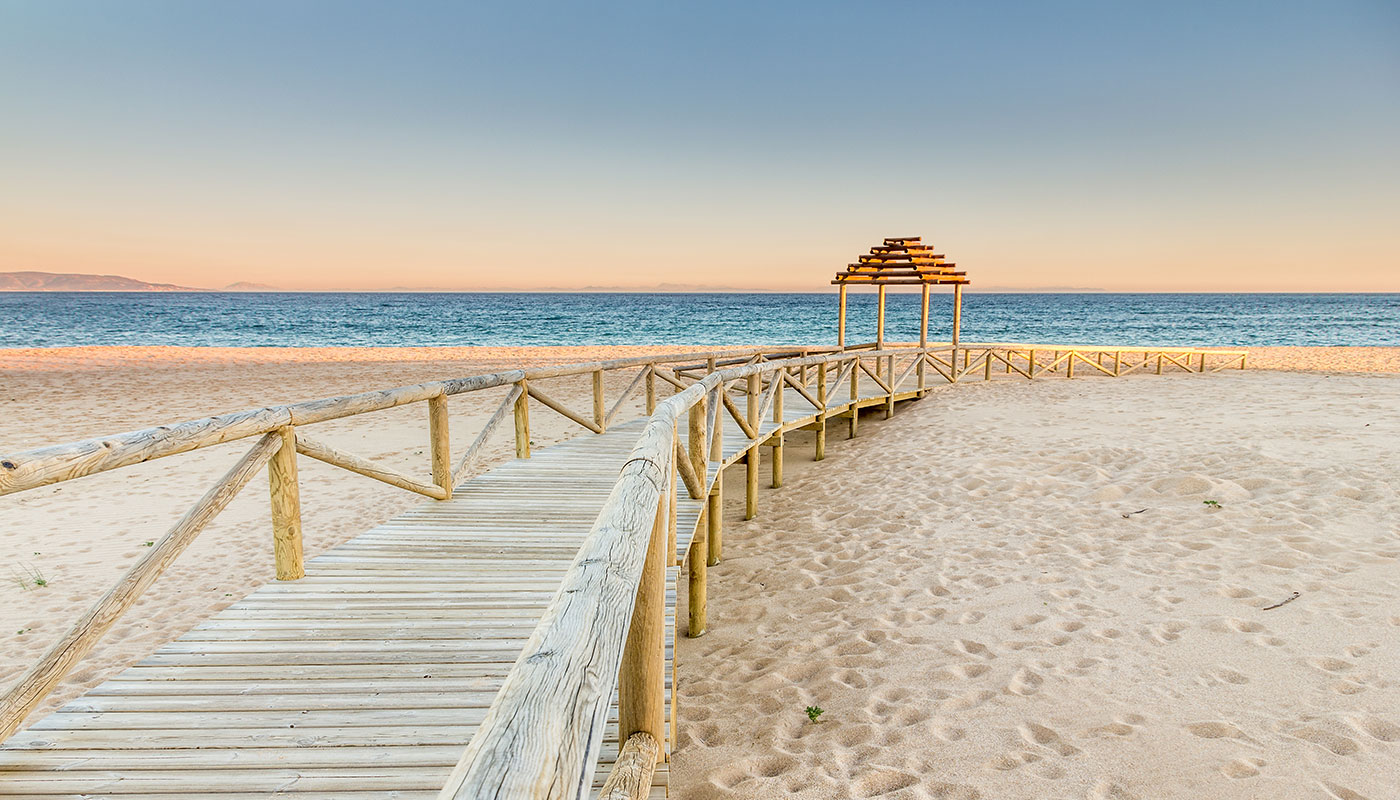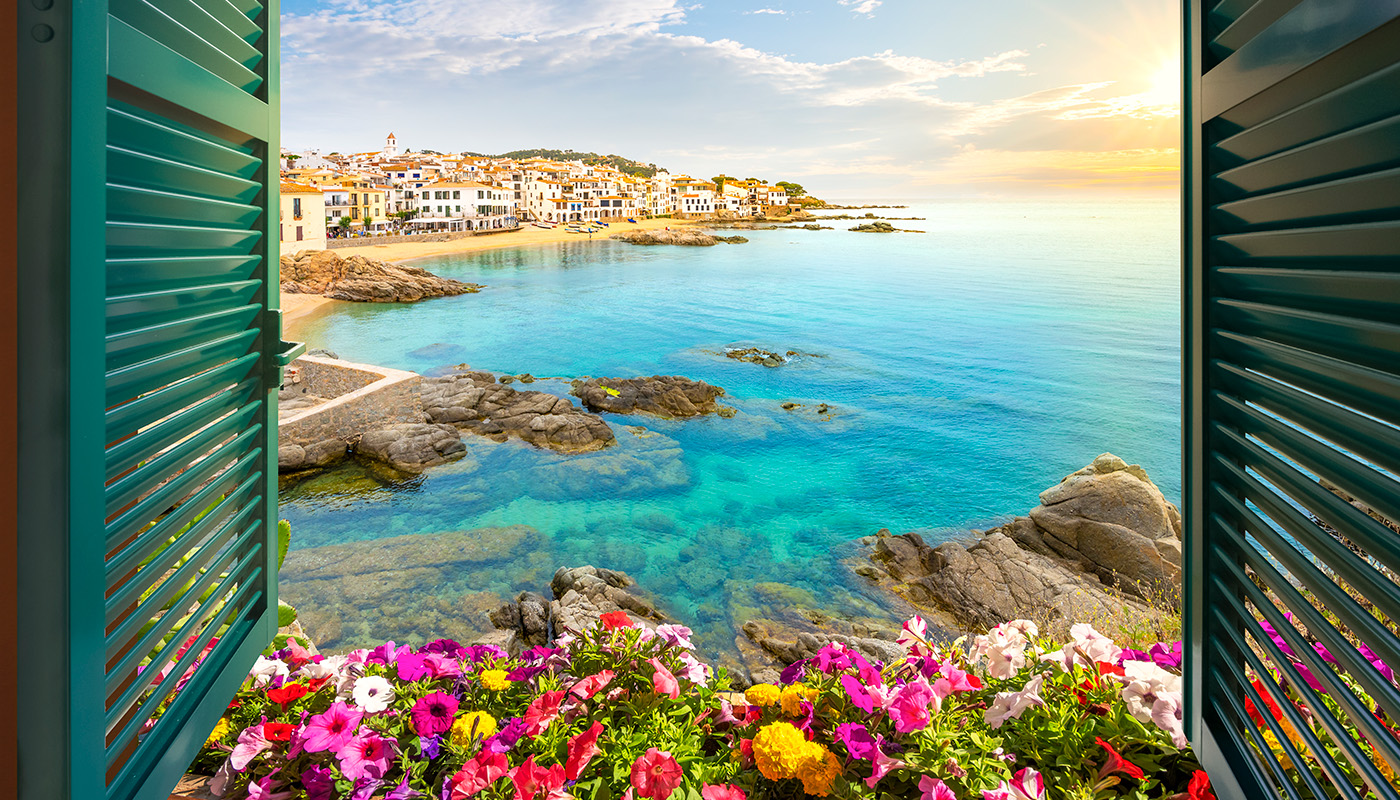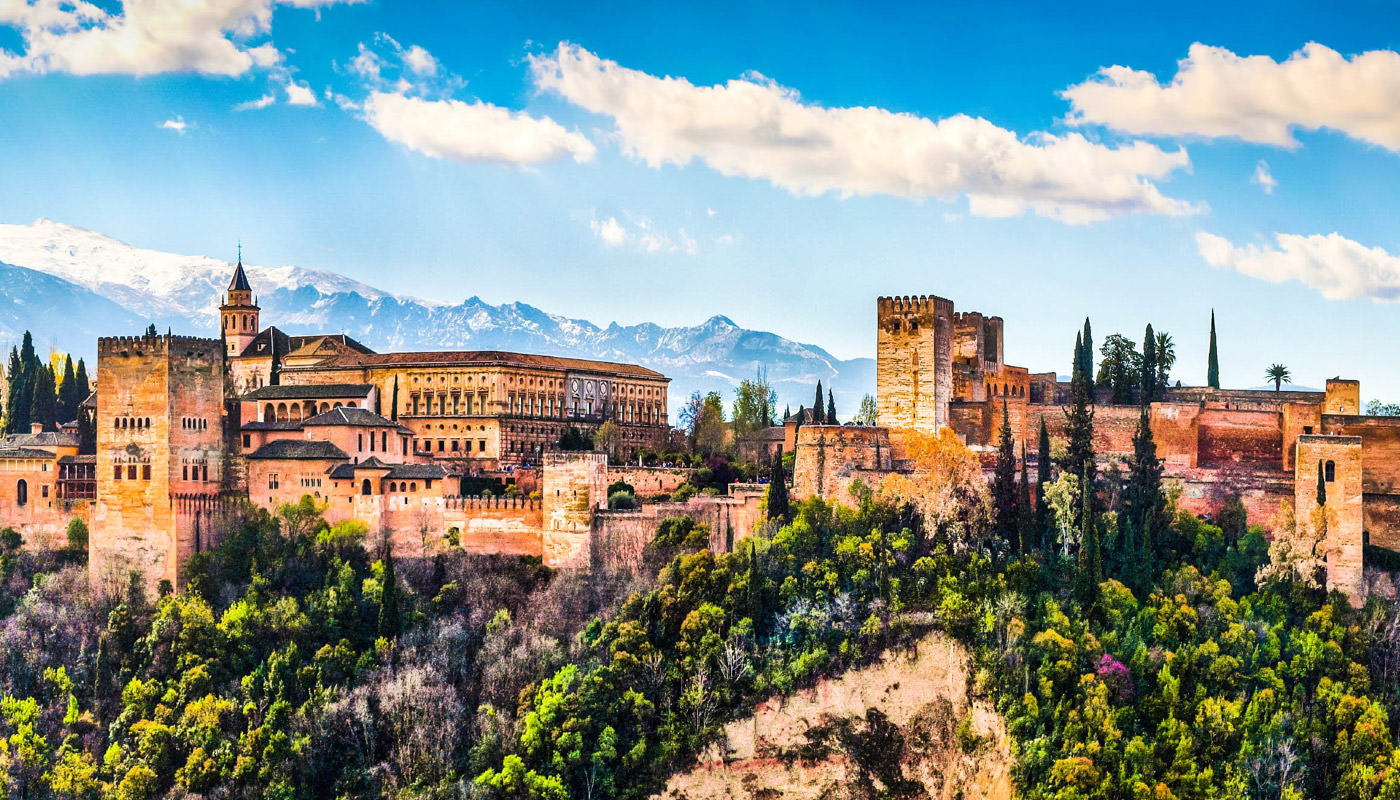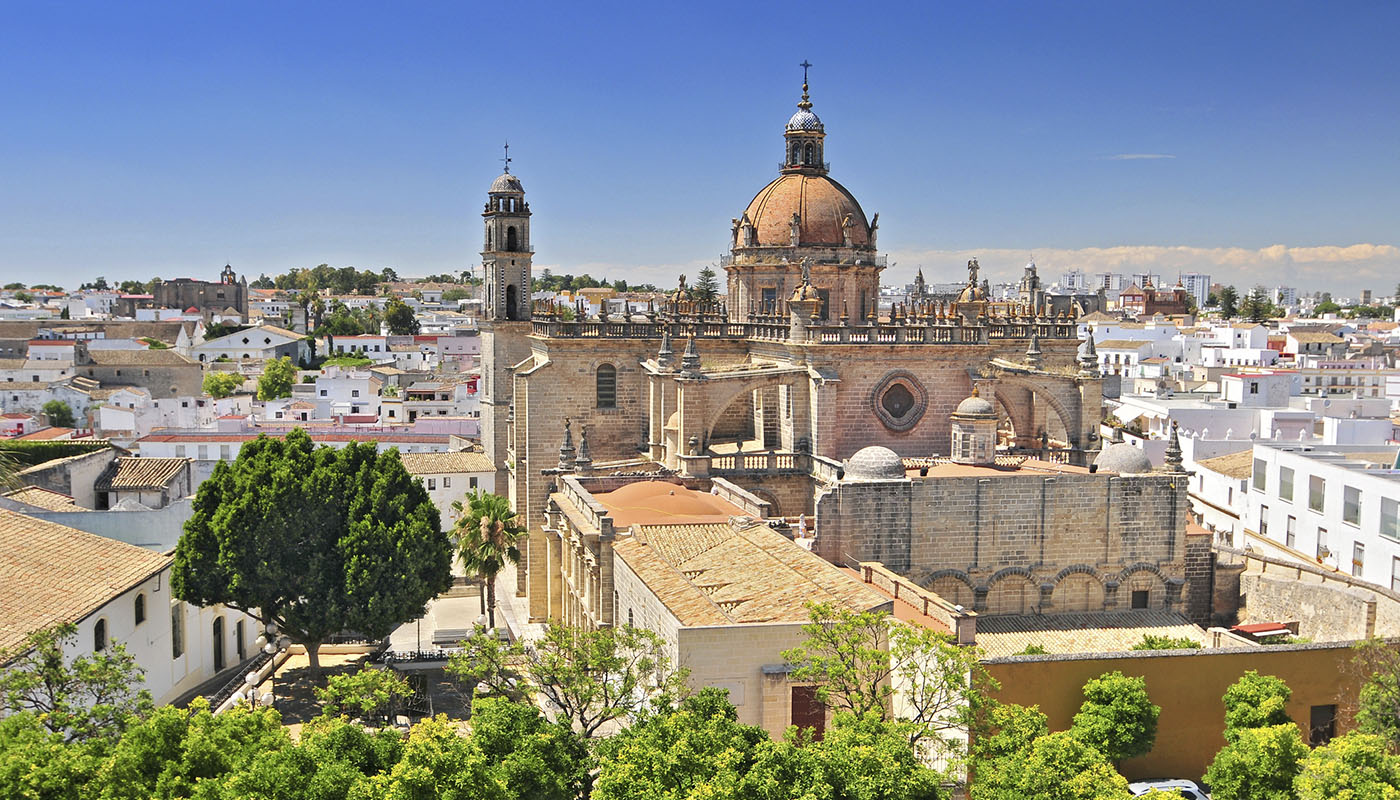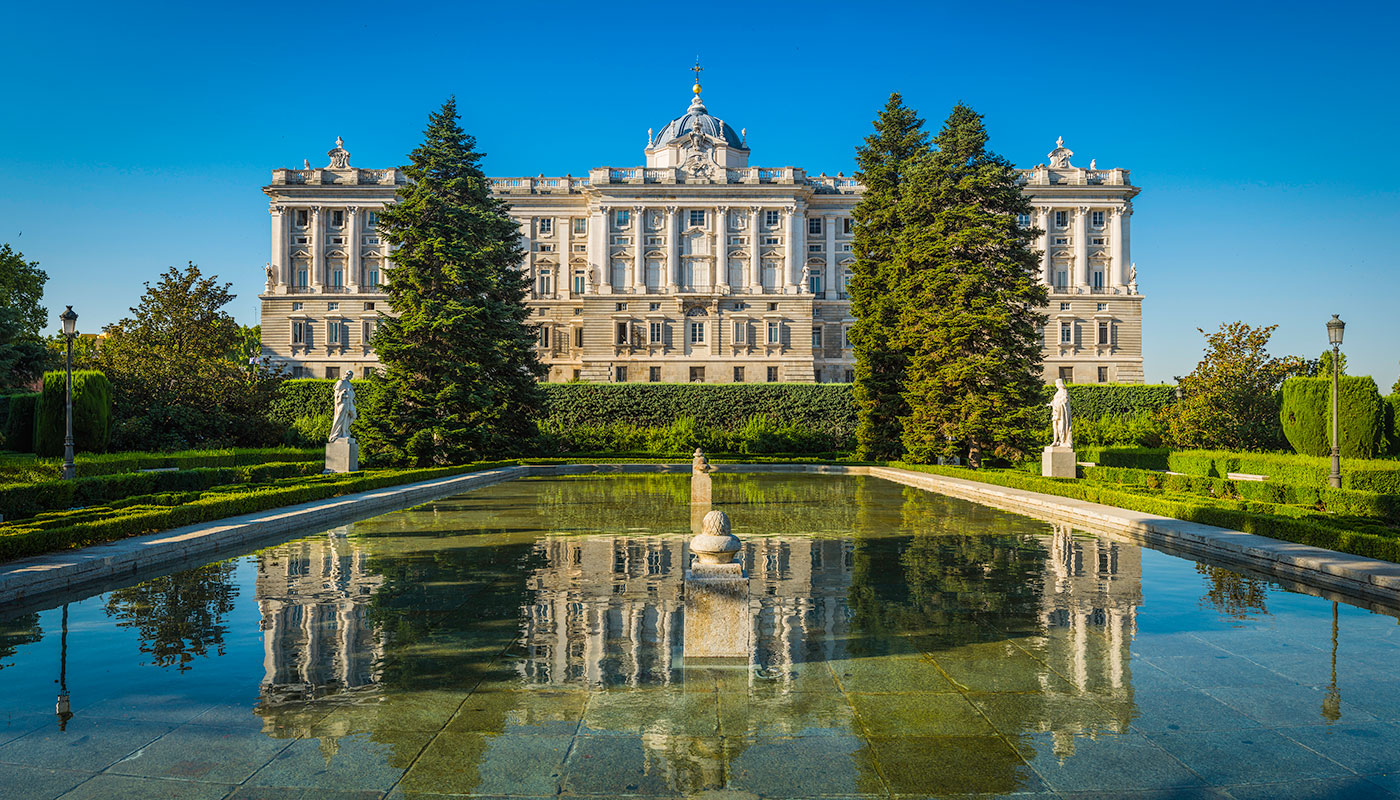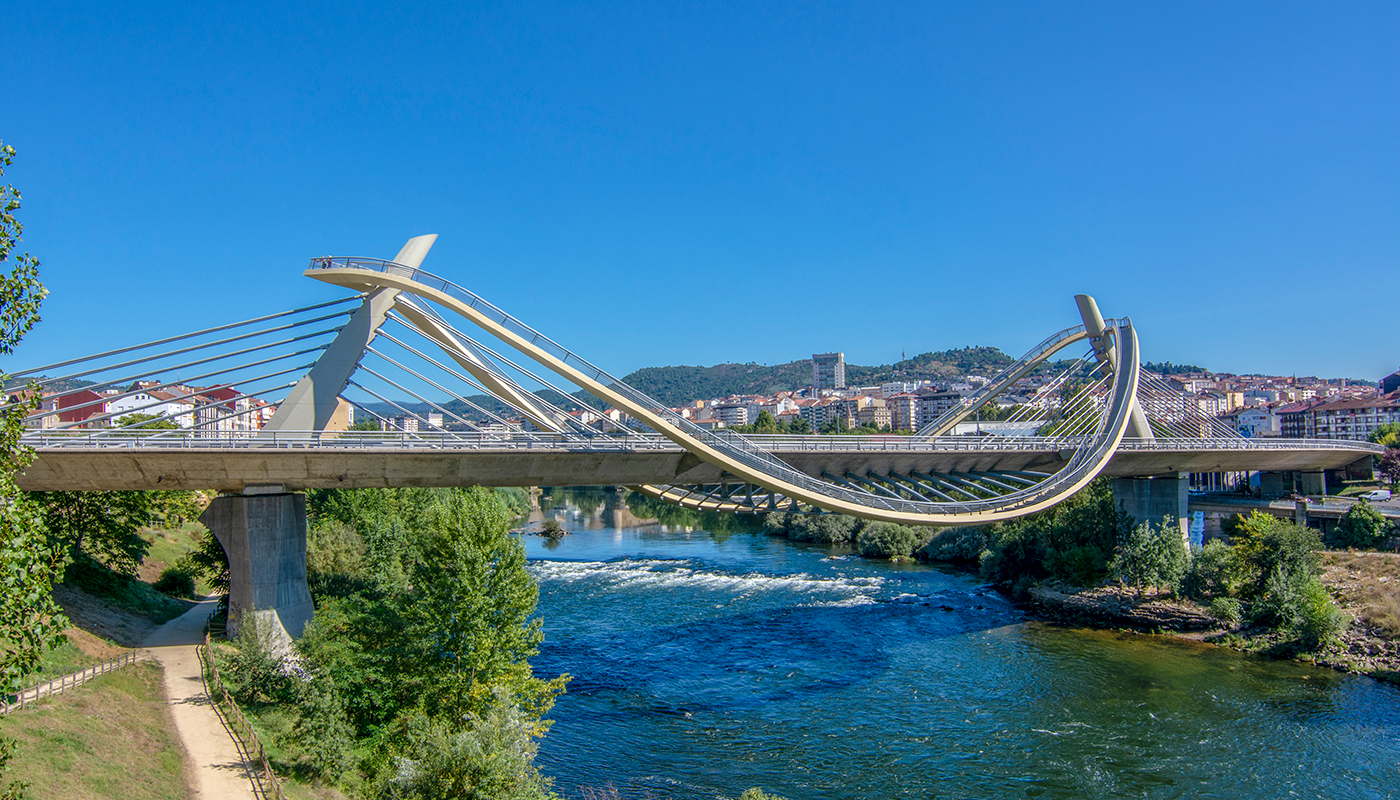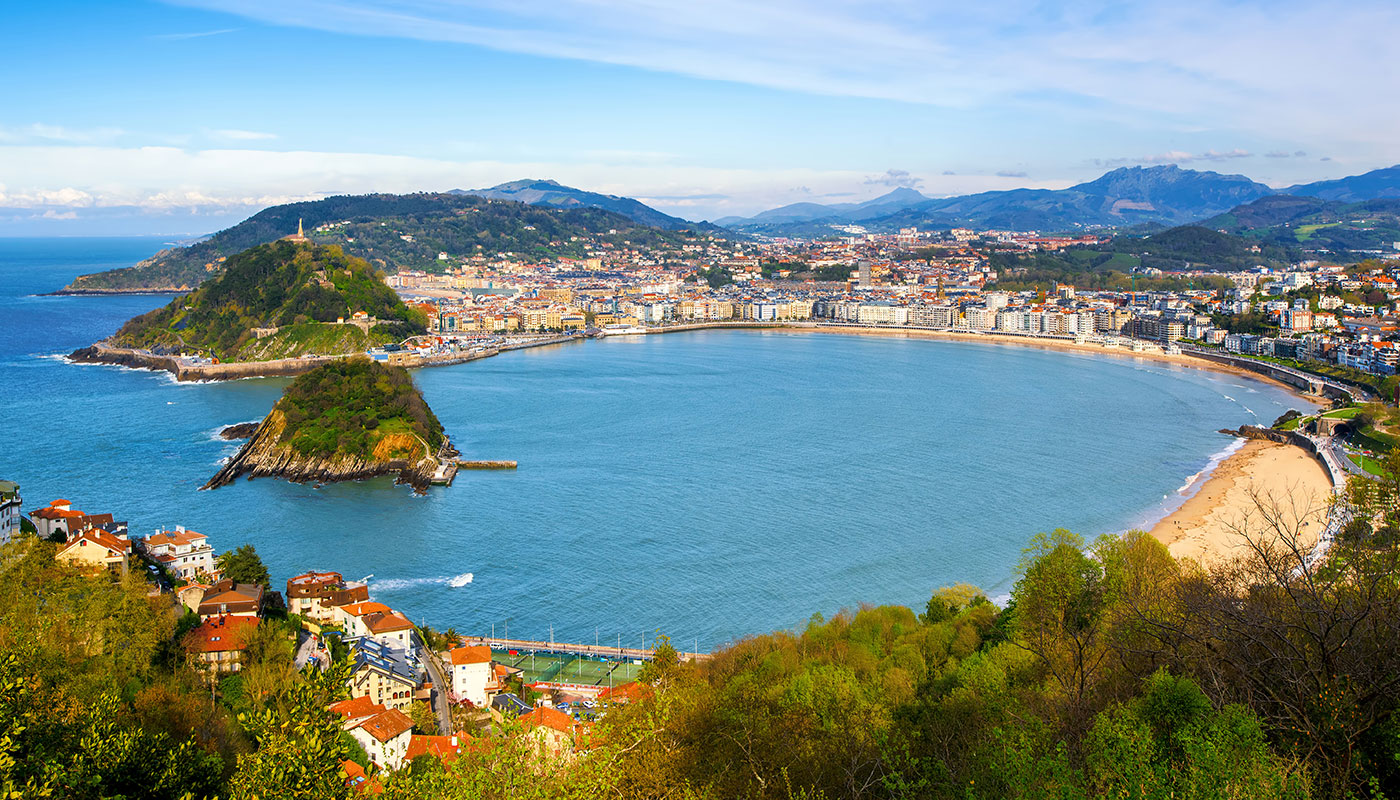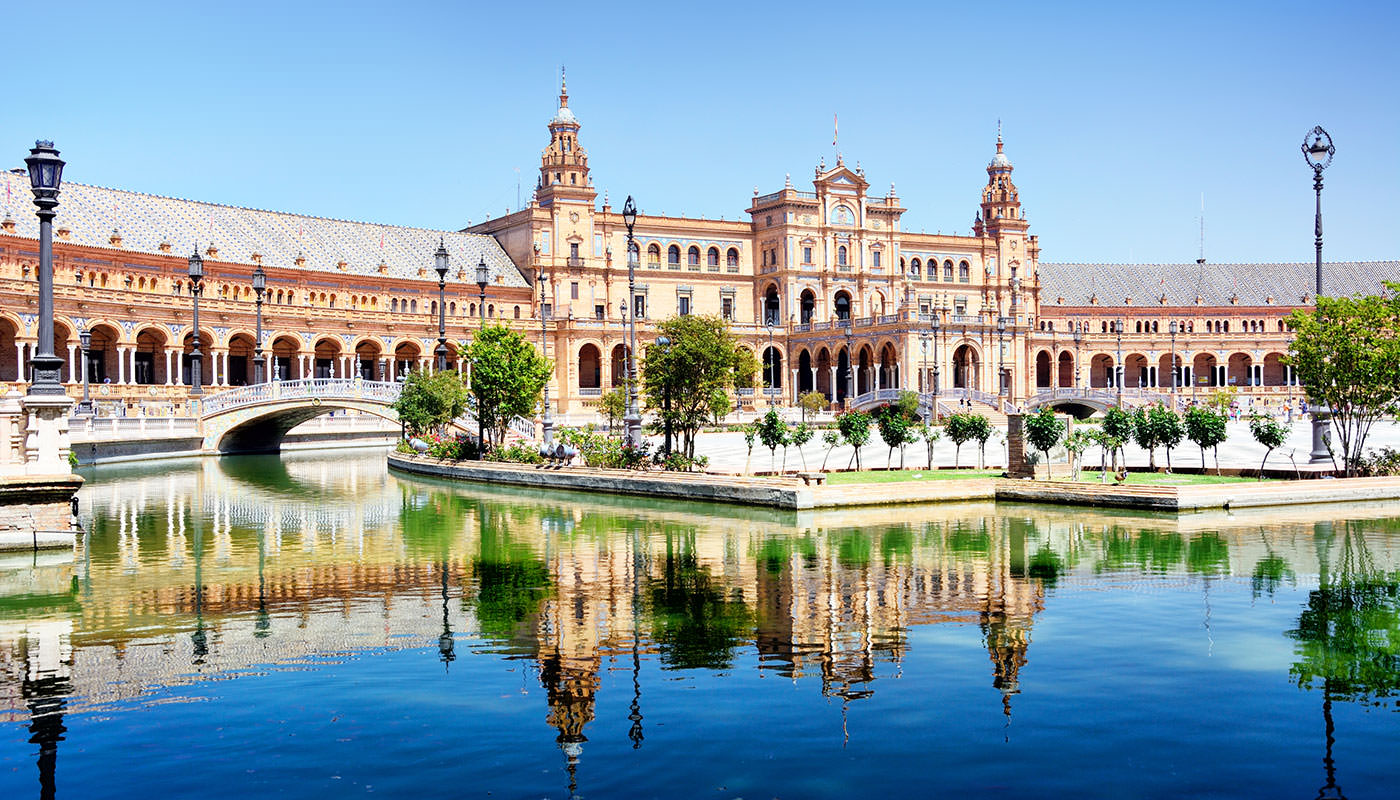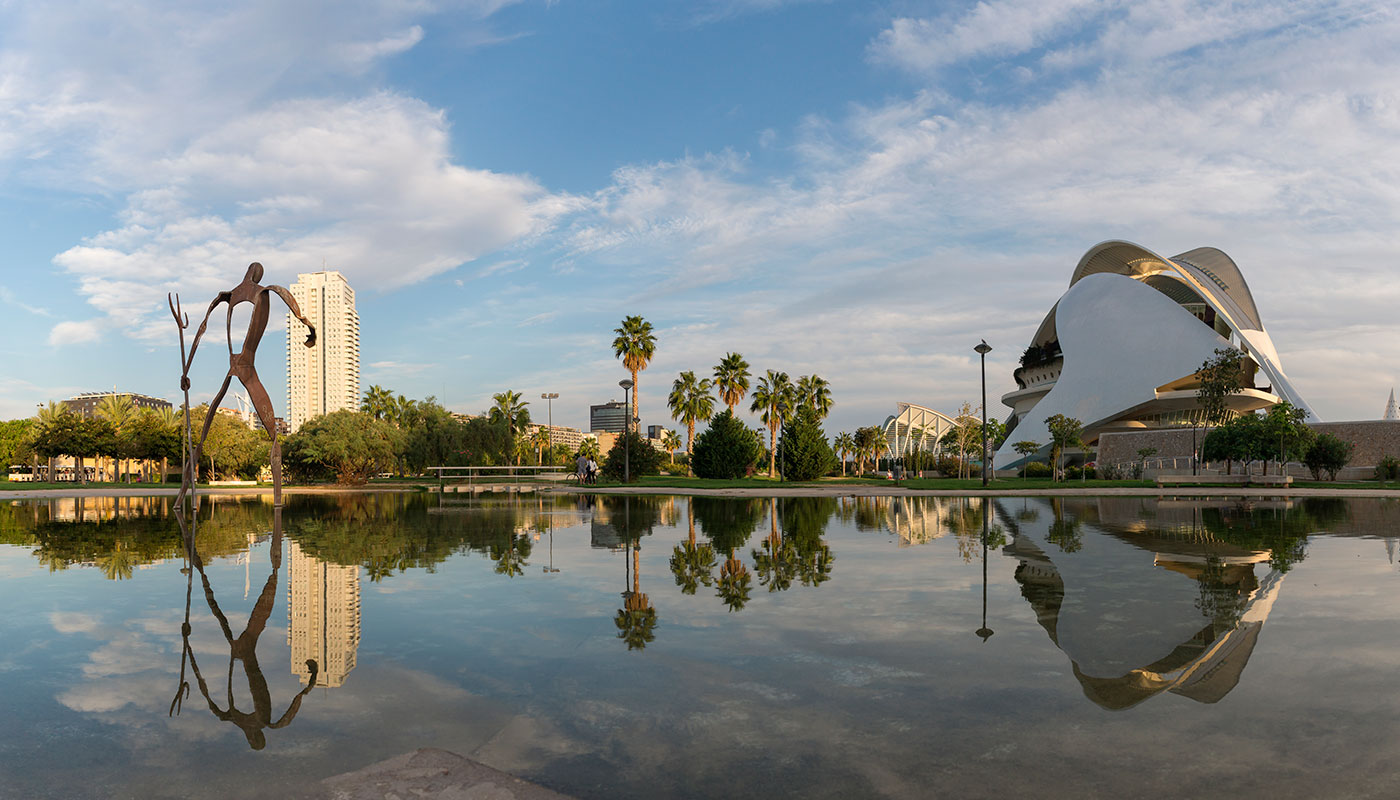Boa Vista, Cape Verde’s third-largest island, is a natural refuge where the endless beaches of white sand contrast with an inland scenery of amazing volcanic formations and vast deserts of shifting dunes. The beauty of the island is not confined to its idyllic coastline; it lies also in its amazing geography, which beckons visitors to explore on foot. Hiking along trails such as the one leading to Monte Estância, the highest point on the island with an altitude of 387 metres, visitors can admire a panorama that includes the Atlantic Ocean and the arid plains that cover much of the inland areas. Among the remotest spots, such as the Viana Desert dunes, where sediment from the continent of Africa is dragged by the wind, the island reveals its wildest side, along with its most profound geological and human history. Hiking here is a unique experience: every step is a direct encounter with Boa Vista’s purest nature, and with the past kept alive by the traditions of its rural communities.
The natural context of the island: a mosaic of ecosystems waiting to be discover
The geography of Boa Vista is an impressive collage of ecosystems that range from arid plains to volcanic mountains. On Boa Vista’s eastern side, two prominent elevations define the silhouette of the island: Monte Estância which, with an altitude of 387 metres is Boa Vista’s highest point; and Monte Santo António, which rises to 379 metres. These mountains, which are of volcanic origin, offer spectacular panoramas, allowing walkers to view the extensive plains and the island’s jagged coastline, while imagining the tectonic activity that shaped this landscape.
In the south-west of the island, the Morro de Areia Nature Reserve, which stretches from Praia de Chaves to Praia de Santa Mónica, protects a vital ecological environment. Here, the shifting dunes, in constant movement due to the trade winds, and the dramatic coastal cliffs paint scenes of dazzling natural beauty. This refuge is also vital for the conservation of species such as the roseate tern and the osprey, as well as providing one of the main nesting grounds for sea turtles. A hike around this area enables visitors to explore nature in its wildest state, and to protect an ecosystem that finds itself threatened in many parts of the world.
Further inland the Viana Desert, a belt of white dunes stretching northwards, offers scenery that might be mistaken for the Sahara. These dunes, made up of sediment brought on the trade winds from the continent of Africa, offer a unique experience for hikers. In this desert, walking expeditions become an adventure in a world where the silence is absolute, interrupted only by the sound of the wind sweeping across the dunes. With its arid atmosphere and desolate beauty, the Viana Desert is the perfect setting for introspective exploration and direct contact with Boa Vista’s most far-flung beauty.
The best natural sites for hiking in Boa Vista
An ascent of Monte Estância, as the highest point on the island, offers hikers the opportunity to enjoy panoramic views stretching as far as the Atlantic Ocean. The route crosses rocky terrain and areas of native vegetation, providing an immersion in the volcanic geology of Boa Vista.
Another area that can be recommended is the Morro de Areia Nature Reserve, a protected area that includes virgin beaches, dunes and cliffs. From these paths, walkers can see a variety of sea birds and, in the nesting season, they can watch turtles spawning. Sunset hikes are particularly to be recommended thanks to the impressive effects of the light over the dunes.
Lastly, the Viana Desert offers a unique hiking experience as its white, gently undulating sands, together with the prevailing silence, create an almost mystical atmosphere. It is advisable to go hiking during the early morning or the evening to avoid the high temperatures.
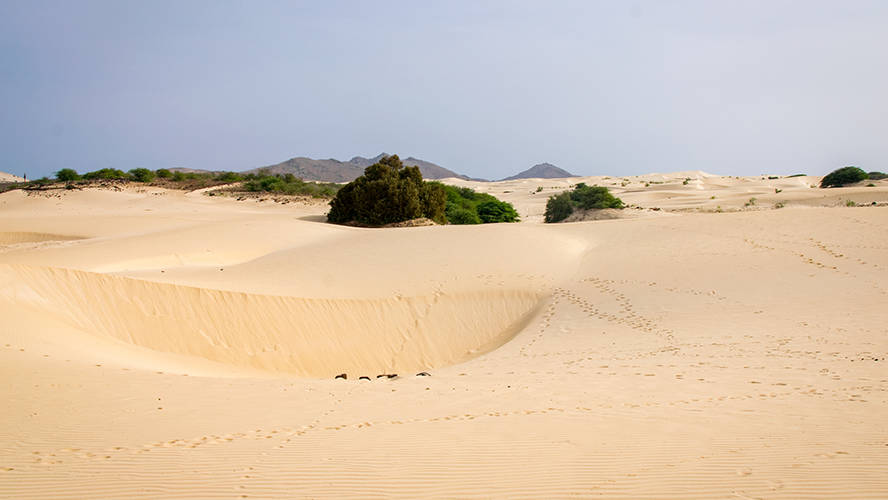
Trails not to be missed: walks along the coast, in the desert, and to the highest point of Boa Vista
The trail from Sal Rei to Cabo Santa María (approximately 15 kilometres) begins in the capital of Boa Vista and leads north-east to the wreck of the Cabo Santa María, a Spanish ship that ran aground in 1968 and whose stranded skeleton can still be seen above the water. The trail follows the coastline, offering lovely views to the ocean and the possibility of sighting marine fauna.
One of Boa Vista’s classic trails is the ascent of Monte San Antonio in the south-west of the island. Reaching an altitude of 379 metres, it presents a somewhat challenging, but very rewarding, hike. The route crosses rocky terrain and areas of native vegetation, ending at the summit with panoramic views of the island and the surrounding ocean.
Another essential walking expedition is across the Viana Desert, a hike of around 5 kilometres that enables walkers to experience the serenity and beauty of the white desert dunes. We recommend you undertake this walk with a guide to learn about the geological formations and the flora and fauna that have adapted to this arid environment.




